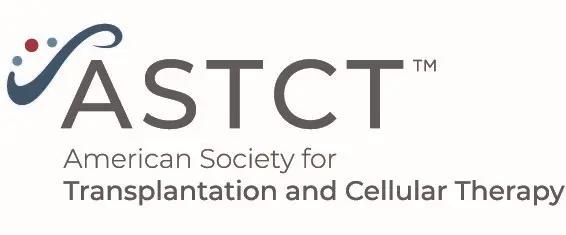Phase 1 Study of Vibecotamab Identifies an Optimized Dose for Treatment of Relapsed/Refractory Acute Myeloid Leukemia
A phase 1 clinical trial has found the optimal dosing schedule with a tolerable safety profile of vibecotamab in patients with relapsed/refractory acute myeloid leukemia.
A phase 1 clinical trial has found the optimal dosing schedule with a tolerable safety profile of vibecotamab in patients with relapsed/refractory acute myeloid leukemia.

A phase 1 clinical trial, published in the journal Blood Advances, has found the optimal dosing schedule with a tolerable safety profile in patients with relapsed/refractory (R/R) acute myeloid leukemia (AML). The authors also identified parameters such as low blast-count AML and low PD-1 expression on CD4+ and CD8+ T cells that were associated with response to vibecotamab.
As most patients with AML are unable to undergo intensive treatments due to age, effective and safe treatments are currently being explored by researchers. Studies have shown that high CD123 expression in AML tends to indicate a more aggressive form which is less responsive to traditional treatments. Vibecotamab, a bispecific antibody which binds to both CD123 and immune cells, is currently being investigated to target and kill CD123+ AML cells effectively. This study sought to determine the recommended phase 2 dose, explore the pharmacokinetics, immunogenicity, and preliminary antitumor activity of vibecotamab.
A total of 120 adult patients with AML, B-cell ALL, BPDCN, or CML in blast phase, who had relapsed or refractory disease with no available therapy were enrolled. The median age of enrolled patients was 64 years. Vibecotamab showed preliminary antileukemic activity, with a total of 10 responders achieving complete remission (CR), CR with incomplete hematologic recovery (CRi), or morphologic leukemia-free state (MLFS), resulting in an overall response rate (ORR) of 9.0%. The incidence and grade of CRS were highest during the first dose and weekly step-up dosing. Peak levels of the cytokine IL-6 correlated with higher priming doses and weekly dosing step-ups. Response was only observed in patients receiving a target dose of 0.75 μg/kg or higher. Responders had statistically significant lower baseline blast counts in both the blood and bone marrow. Overall, the study found that vibecotamab demonstrated promising activity against AML, especially when administered at specific dosing regimens, with manageable CRS.
Reference
Ravandi F, Bashey A, Foran JM, et al. Phase 1 study of vibecotamab identifies an optimized dose for treatment of relapsed/refractory acute myeloid leukemia [published online ahead of print, 2023 Aug 30]. Blood Adv. 2023;bloodadvances.2023010956. http://doi.org/10.1182/bloodadvances.2023010956